Honor Award
SAFARI 7
New York City USA
Columbia University GSAPP / Urban Landscape Lab + MTWTF, New York City USA
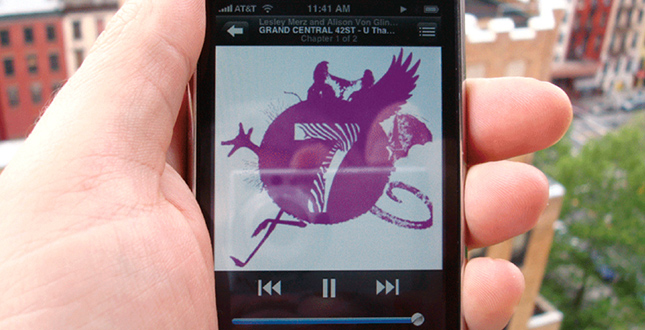 Close Me!
Close Me!Podcasts are available for download at www.safari7.org...
Download Hi-Res ImagePhoto: Glen Cummings
Photo 1 of 15
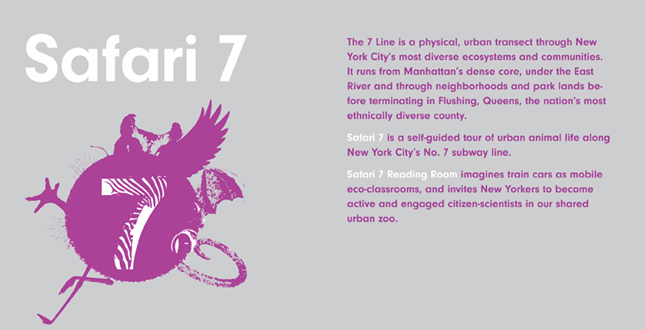 Close Me!
Close Me!Safari 7 is a self-guided tour of urban animal life along New York City’s No. 7 subway line. Safari 7 Reading Room imagines train cars as mobile ecoclassrooms, and invites New Yorkers to become active and engaged citizen scientists in our shared urban zoo.
Download Hi-Res ImagePhoto 2 of 15
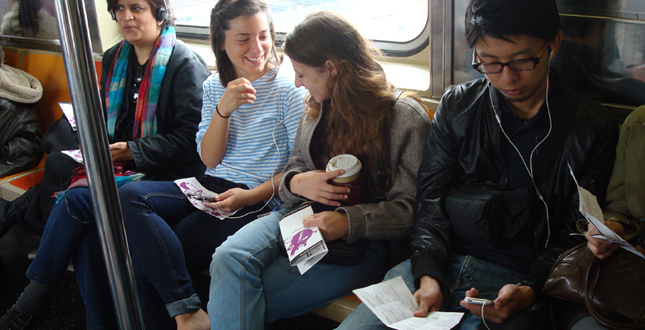 Close Me!
Close Me!...so you can listen while you ride the subway.
Download Hi-Res ImagePhoto: Glen Cummings
Photo 3 of 15
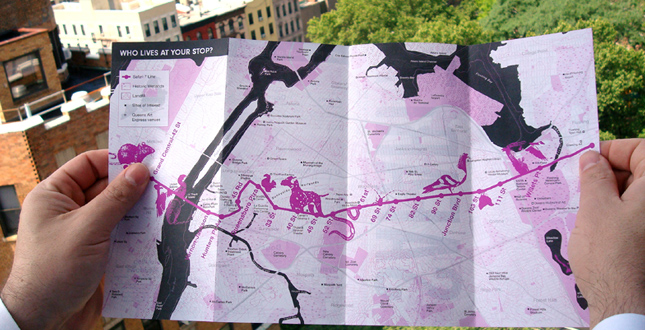 Close Me!
Close Me!Interactive maps engage citizen scientists to participate...
Download Hi-Res ImagePhoto: Glen Cummings
Photo 4 of 15
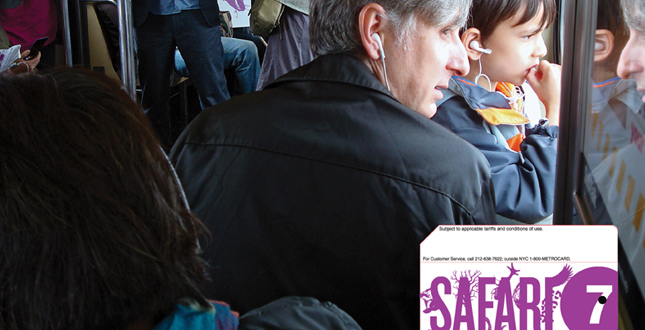 Close Me!
Close Me!...and orient people to the diverse ecologies and communities along the 7 line.
Download Hi-Res ImagePhoto: Glen Cummings
Photo 5 of 15
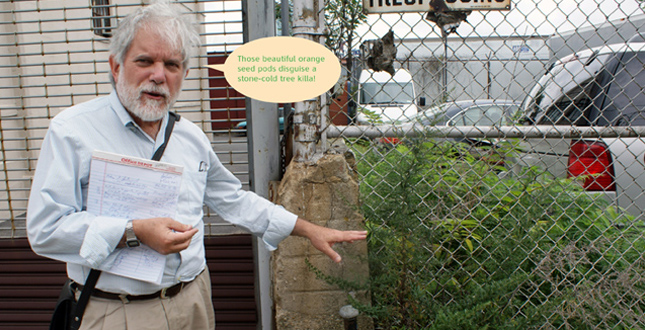 Close Me!
Close Me!Walking tours describe in greater detail the flora and fauna of the urban landscape...
Download Hi-Res ImagePhoto: Kathryn Hotler
Photo 6 of 15
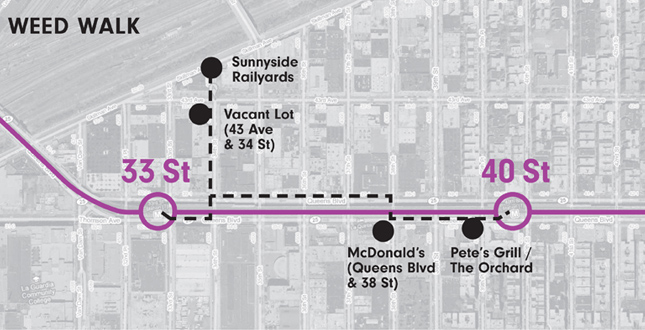 Close Me!
Close Me!...and tie subway stops into the neighborhood context.
Download Hi-Res ImagePhoto 7 of 15
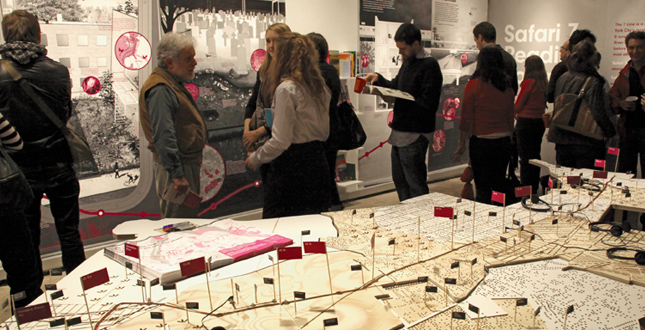 Close Me!
Close Me!The Safari 7 reading room welcomes and introduces broad audience to the project...
Download Hi-Res ImagePhoto: Ho Kyung Lee
Photo 8 of 15
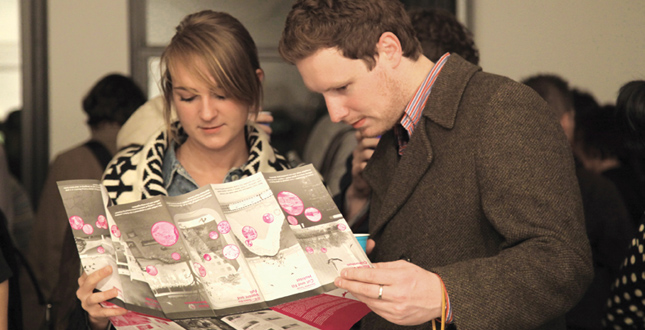 Close Me!
Close Me!...guide visitors to the urban landscape resources on www.safari7.org.
Download Hi-Res ImagePhoto: Ho Kyung Lee
Photo 9 of 15
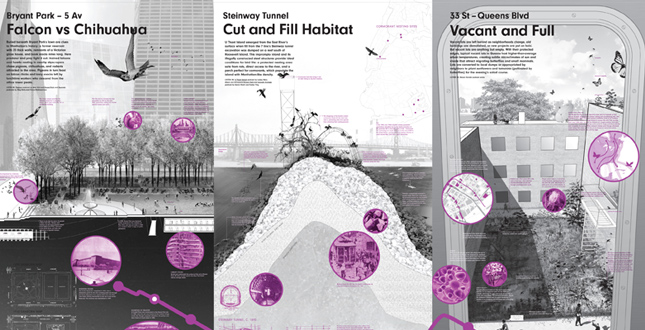 Close Me!
Close Me!Detailed sections and site research...
Download Hi-Res ImagePhoto 10 of 15
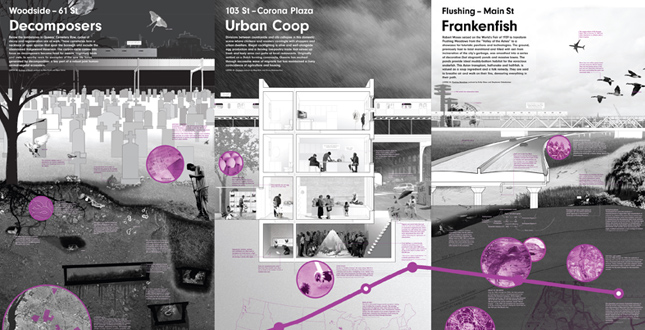 Close Me!
Close Me!...focuses on the unique landscape of specific stops along the train.
Download Hi-Res ImagePhoto 11 of 15
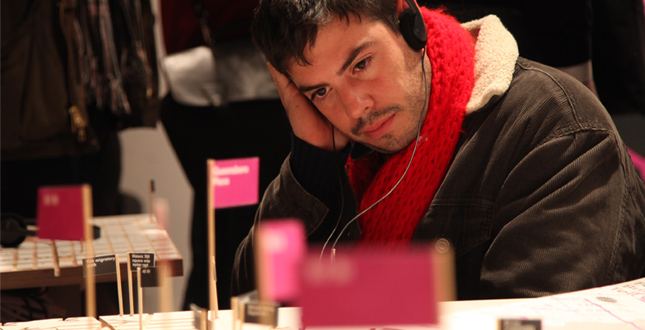 Close Me!
Close Me!A map table of Queens neighborhoods is wired...
Download Hi-Res ImagePhoto: Ho Kyung Lee
Photo 12 of 15
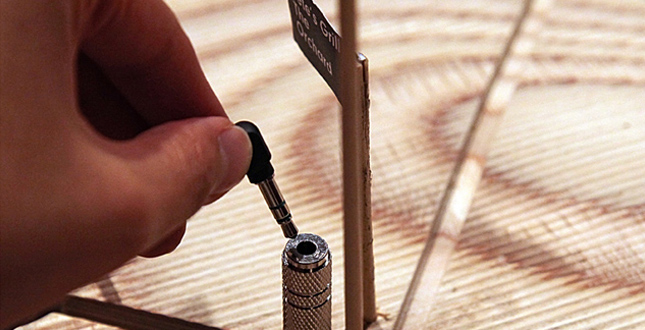 Close Me!
Close Me!...with podcasts to create a digital and physical urban ecology tour.
Download Hi-Res ImagePhoto: Ho Kyung Lee
Photo 13 of 15
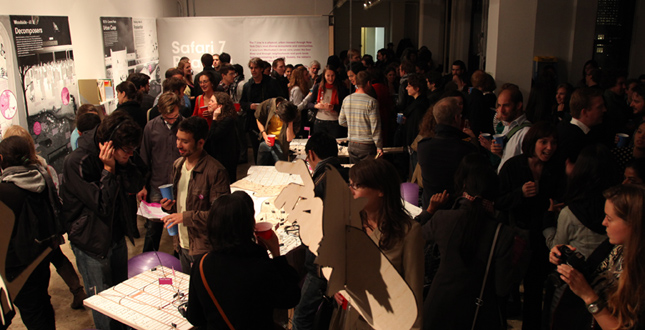 Close Me!
Close Me!The Safari 7 reading room brings people together...
Download Hi-Res ImagePhoto: Ho Kyung
Photo 14 of 15
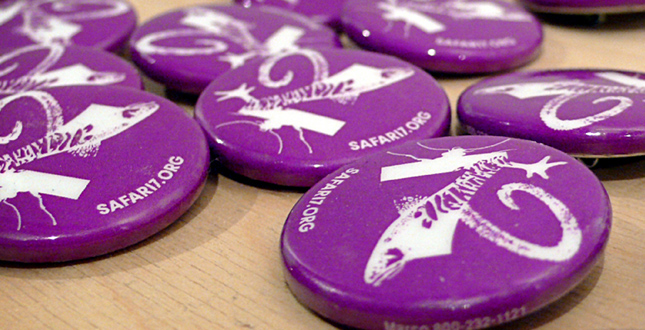 Close Me!
Close Me!...and disseminates ideas and information about the joint built-natural environment of New York to a wide audience.
Download Hi-Res ImagePhoto: Li-Chi Wang
Photo 15 of 15
Project Statement
SAFARI 7 is a self-guided tour of urban animal life along New York City's No. 7 subway line. The 7 line represents a physical transect that runs from Manhattan's dense core, under the East River and through neighborhoods and parklands before terminating in Flushing, Queens, the nation's most ethnically diverse county. SAFARI 7 broadcasts maps and podcasts that uncover the complexity, biodiversity and potentials of New York's urban ecosystems along this route creating a new way for New Yorkers to connect with their environment.
Project Narrative
—2010 Professional Awards Jury
What is urban nature? How can it be perceived and engaged by a broad cross section of people? How do natural and urban systems coexist within megacities? This project redefines and expands the role of landscape in interpreting the urban environment and moves beyond the static media of "report" to engage students and the public in dialogue about the built environment through social networking tools. SAFARI 7 accomplishes this through an interactive web-based forum for exchange and through scheduling events and excursions.
SAFARI 7 researches, defines, and communicates the idea of New York City as an urban ecosystem through studying the No. 7 line as a "transect" through a set of diverse human, plant and animal habitats. Our goal is to present the complexity, biodiversity, conflicts and potential of urban nature to a broad constituency. The 7 line moves from underground to aboveground, from a dense core to a dispersed mixture of single-family residences, cemeteries and parklands. We envision the train line as an instrument for learning about and seeing the city. New York can serve as a model global city in a new role: as a model of coexistence of urban and natural systems. Unique in its use of mass transport, which significantly contributes to New York's relatively low per capita carbon emissions (less than a third of the average U.S. per capita). Urbanized nature is constructed and exists alongside and embedded in urban systems. SAFARI 7 promotes research and communication with a broader public about the nature of New York and brings attention to new audiences about sustainability and biodiversity in the region, raising issues of stewardship (and ridership!).
New media (podcasts, YouTube postings, Facebook, a website) and old (signage, maps and brochures, guided walks, large-scale drawings) are interwoven to transform train cars into mobile ecourban classrooms that invite commuters and everyday riders to act as park rangers in the city. Podcasts can be downloaded and are synchronized to train stops. Maps are available for download—see the 'Weed Walk' for example—and sketching or on-screen viewing. Drawings and maps are available at the Safari 7 reading room and available for free download.
The first exhibition of SAFARI 7 was open to the public from October 15 to December 31, 2009 in downtown. The exhibition included a series of illustrative sections, maps, interactive "Map table" and a collection of books, where visitors can learn more about urban nature and transportation infrastructure as means of ecological and community engagement.
We have expanded our project from a grassroots effort to working directly with the Metropolitan Transportation Authority (MTA) to literally transform Metro cards into Safari tickets and train cars into informational rooms through designing 'Subtalk' placards. Our project will be featured as the central theme of MTA/Safari 7 for Earth Day 2010.
Our team is a collaboration of a landscape architect, architectural designer, and graphic designer. We have engaged ecologists, GIS experts, and students who all share knowledge about and a passion for new readings of the city. In addition to the MTA we have begun to engage institutions along the 7 line and have hosted an educational roundtable to understand how Safari 7 can interface with science and art curriculums at the junior and high school levels.
Since the first public subway urban ecology tour on May 16, 2009, SAFARI 7 has received considerable notice beyond the design community to reach a broad audience in New York metropolitan area. It has been featured on National Public Radio/WNYC, Urban Omnibus, Holland Herald/KLM's in-flight magazine, The Architect's Newspaper, The Village Voice, AM New York, the New York Daily News, BLDGBLOG, GOOD magazine, and many other publications.
Project Resources
Project Directors
Kate Orff, ASLA, Founder and Director,
Urban Landscape Lab
Janette Kim, Director, Urban Landscape Lab
Glen Cummings, Partner, MTWTF
Research & Design Associates
Yuval Borochov, Jordan Carver, Susan Choe, Eliza Dzik, Lisa Ekle, Robin Fitzgerald-Green, Steven Garcia, Kathryn Hotler, Sayli Korgaonkar, Jenny Noguchi, Jonathan Pettibone, Evan Sharp, Gena Wirth, Soohyun Park, Helen Kongsgaard
Select podcasts were created by students at Barnard/Columbia Colleges
Andrew Balmer, Julia Burgi, Alex Cook, Rick Fudge, Charlotte Furet, Emily
Glass, Aaron Hsieh, Ryan Johns, Alyssa Kahn, Meg Kelly, Sayli Korgaonkar,
Lesley Merz, Stephanie Odenheimer, Marc Rios, Grace Robinson-Leo, Evelyn
Ting, Alexandre Vial, Alison Von Glinow
Podcast interviews with
Steven Handel, Hon. ASLA, Professor of Ecology and Evolution at Rutgers University
John Mattera, Librarian, NYC Department of Parks and Recreation
Susan Elbin, Director of Conservation, NYC Audubon Society
Donald Karatzas, author of Jackson Heights: A Garden in the City
Katie Mosher-Smith, NY-NJ Baykeeper
Ed Westley, Jackson Heights Beautification Group
Special thanks to
Sandra Bloodworth, MTA Arts for Transit,
Gavin Browning, Programming
Coordinator of Studio-X, the Dean’s Office at the Graduate School of
Architecture, Planning and Preservation of Columbia University, CeX, and the
Avery Digital Fabrication Lab, Karen Fairbanks, Barnard / Columbia






